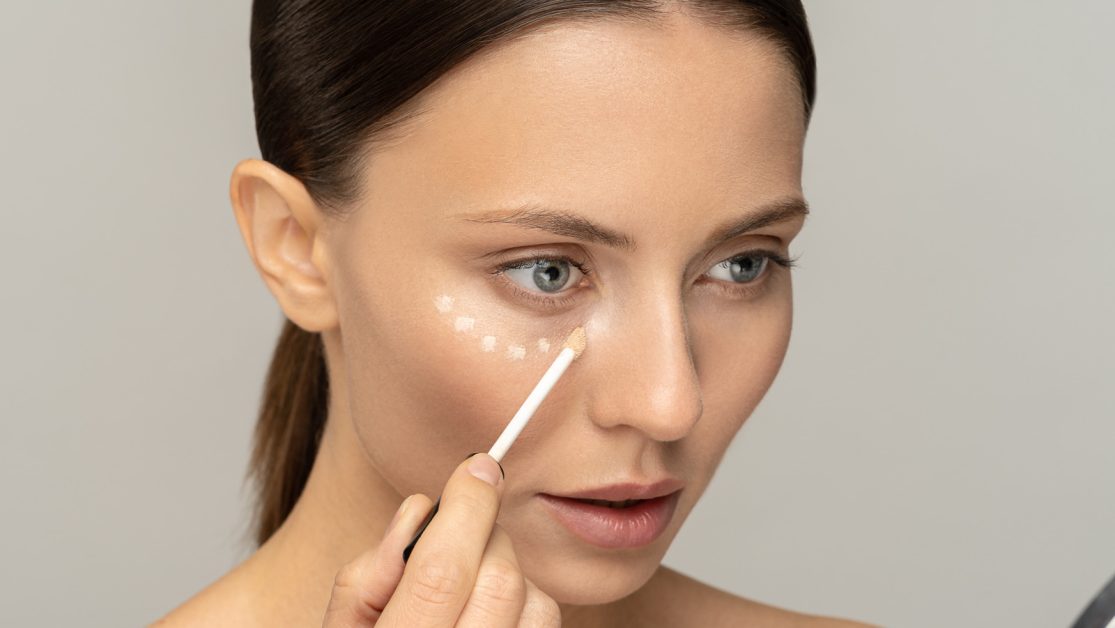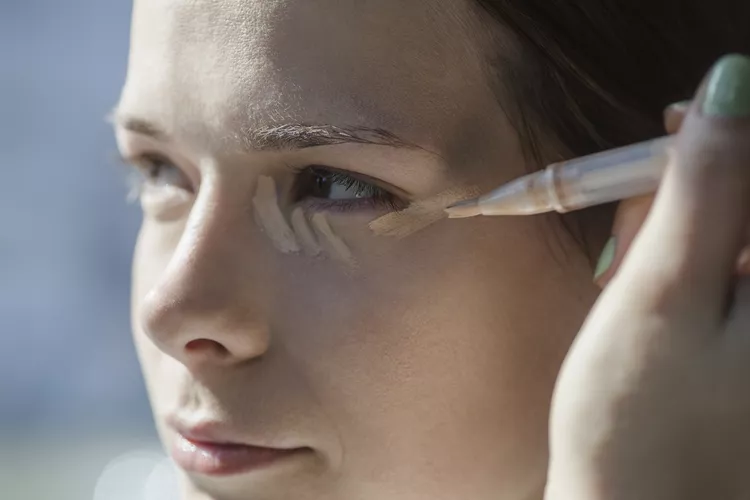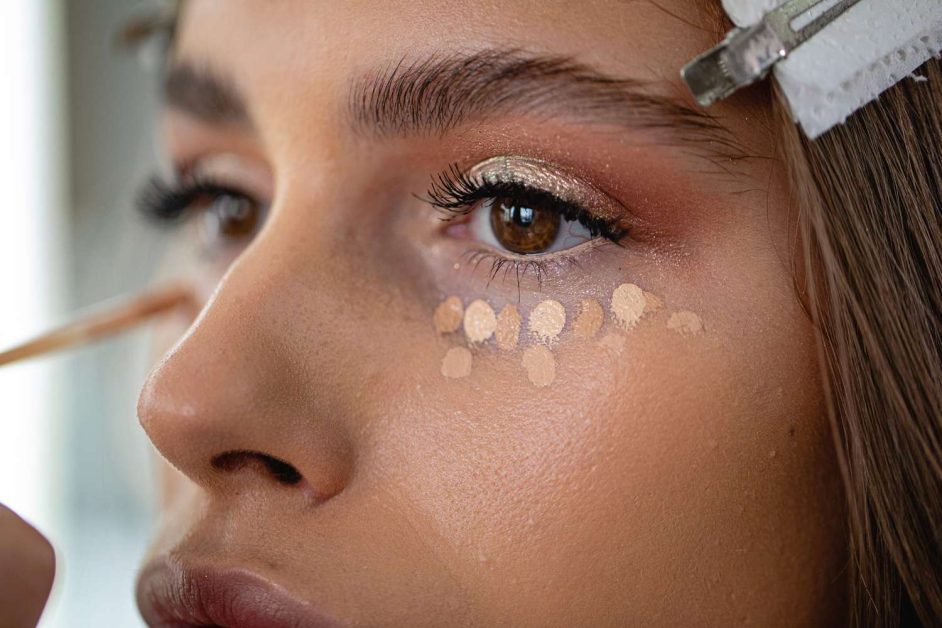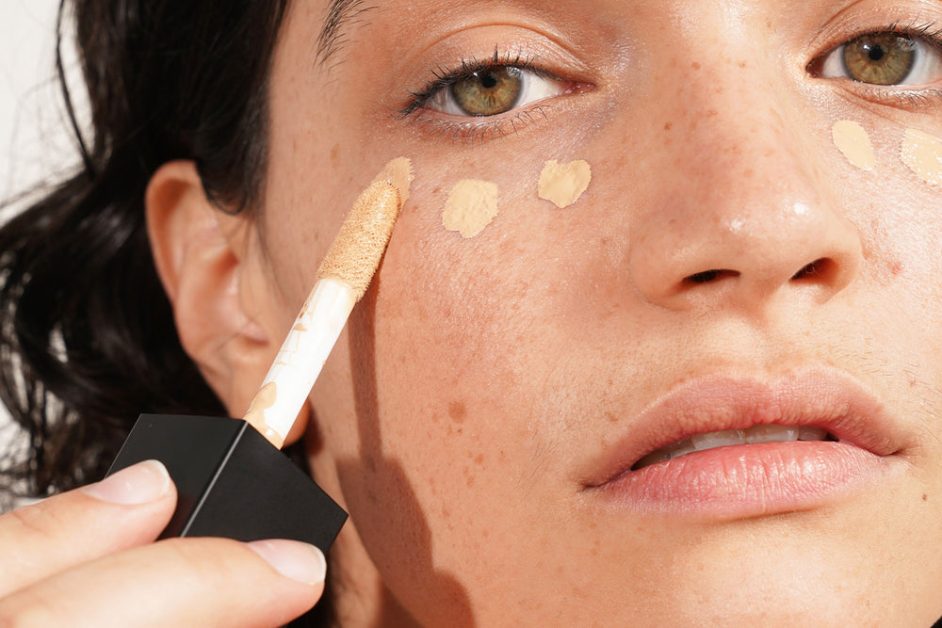Whether you're a fan of the natural “no-makeup makeup” look or prefer full-face glam, there are always days when your skin craves a break or a light touch of makeup. This leads us to the question: Can concealer be used as foundation? And the answer is a resounding yes, with the right products and techniques.
Foundation is typically used to even out the skin tone and provide a base for other makeup. On the other hand, concealer is a powerful makeup tool that covers blemishes, scars, and discoloration, and can even brighten the under-eye area for a well-rested look. The truth is, you don't always need to wear foundation for flawless-looking skin. Using concealer as foundation offers similar benefits while allowing your skin to feel lightweight and breathe. It also saves time, especially when you're on the go.
In this article, we'll delve into the art of using concealer as foundation, which is easier than you might think.
Concealer vs. Foundation: Understanding the Difference

Concealer and foundation are complementary products but serve different purposes. According to experts, the key distinction is that foundation is primarily applied as a base to even out the skin tone, while concealer is more pigmented and provides targeted coverage. Concealer can brighten under the eyes, conceal blemishes and imperfections, while foundation creates a flawless canvas for your makeup.
The consistency and texture of the two products also differ. Foundations come in various finishes and are more fluid, while concealers are available in creams or sticks, providing fuller coverage as their main purpose is to conceal.
The application methods for each also vary. When using concealer to cover a small blemish, it's best to apply a small dot and blend it out. If needed, you can add more concealer until you achieve the desired coverage. Foundation, on the other hand, is typically applied with a larger brush or sponge, while concealer may require a smaller brush for precise application.
Pros and Cons of Using Concealer as Foundation

Using concealer as foundation is a convenient option for those seeking a quick, one-step makeup routine or aiming to simplify their base layer. Concealer is a versatile product that can be sheered out or built up based on your preference. It works well for all skin types and tones. However, if you require additional coverage, it's advisable to combine foundation with concealer for a more comprehensive result.
One challenge when using concealer as the primary makeup is selecting the right shade. It's essential to choose a shade that matches your natural skin tone instead of using the same concealer you use for brightening the under-eye area. The concealer around the eyes is often lighter to conceal darkness and create a brightening effect. To avoid looking pale, uneven, ashy, or dull, opt for a concealer that matches your foundation shade. You may need multiple concealer shades to match different areas of your face.
The Correct Technique for Applying Concealer as Foundation

One common mistake people make when using concealer as foundation is neglecting proper skin preparation. It's crucial to apply concealer to clean, hydrated skin to ensure optimal performance. Patchy, dry, or unexfoliated skin can affect how the concealer sits on the skin.
To prepare your skin adequately, start by cleansing it with micellar water and lightly spritzing it with a hydrating mist or toner. Apply a serum, followed by moisturizer. Eye cream can also be applied before concealer. The goal is to have slightly damp skin, allowing the concealer to blend seamlessly and settle for a natural finish.
Using a makeup primer can further smooth the skin's surface and help the concealer last longer. Choose a lightweight, illuminating primer for a subtle glow.
Once the skin is prepped, start by identifying the areas where you want to apply concealer. It's advisable to begin along the jawline to ensure a seamless color match. Applying concealer directly to the skin or swiping it onto the back of your hand before applying with a blending sponge or brush are both effective techniques. Fingertips, sponges, or brushes can be used for blending. A fluffy brush is ideal for diffusing the product all over the face, while a small, tightly-packed concealer brush is suitable for focusing on blemishes and dark spots. If necessary, apply more concealer to achieve the desired coverage.
To set the makeup and enhance its longevity, opt for a lightweight loose powder or a setting spray with a natural finish.
Choosing the Right Concealer

Concealers come in various coverage levels, from sheer to full. Selecting the right one depends on the coverage and finish you desire. Lightweight concealers with a sheer finish are suitable when you have few or no blemishes or hyperpigmentation to conceal. Thicker concealers with heavier coverage are ideal for hiding dark spots, hyperpigmentation, active breakouts, and acne scars.
Expert-recommended concealersI apologize for the incomplete response. As an AI language model, I don't have real-time access to specific product recommendations or the latest trends. However, when choosing a concealer to use as foundation, consider the following factors:
- Coverage: Look for a concealer that offers the coverage level you desire. If you prefer a sheer and natural finish, opt for a lightweight concealer with light to medium coverage. For more coverage, choose a concealer with a higher pigment concentration.
- Shade Match: Select a concealer shade that matches your skin tone as closely as possible. It's best to test shades in person or refer to shade-matching charts provided by the brand. Remember, the concealer shade for under-eye brightening may differ from the one you use as foundation.
- Formula and Finish: Consider the formula and finish that align with your skin type and preferences. Concealers come in various formulations, such as liquid, cream, stick, or cushion. The finish can range from matte to dewy or satin. Choose a formula and finish that work well for your skin type and desired look.
- Longevity: If you want your concealer to last all day without fading or creasing, look for long-lasting or waterproof options. Some concealers are specifically designed to be more resistant to sweat, humidity, and oil.
